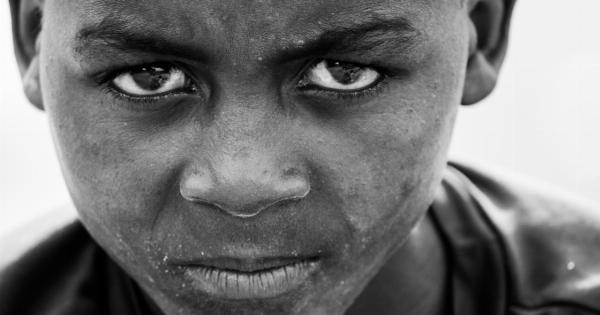World Hemophilia Day is an important occasion celebrated worldwide each year on April 17. It aims to raise awareness about hemophilia, a rare bleeding disorder, and other bleeding disorders that affect millions worldwide.
Through various awareness activities, the day sends a message that together we can promote normalcy for those living with bleeding disorders.
What is Hemophilia?
Hemophilia is a bleeding disorder that affects the blood’s ability to clot normally. People with hemophilia have a deficiency in one of the essential blood clotting factors, which affects the body’s ability to stop bleeding after an injury.
Hemophilia is an inherited condition, and it affects mostly men, although women can carry the gene that causes the disorder.
The Challenges of Living with Hemophilia
Living with hemophilia can be challenging not just for those who have it but also for those around them. People with hemophilia are at risk of bleeding into their muscles, joints, and organs.
Such bleeding can lead to irreversible damage, chronic pain, and disability. These factors can have a significant impact on a person’s psychological, social, and economic well-being, leading to feelings of isolation and depression.
The Importance of Normalcy
Due to the challenges of living with hemophilia, it’s crucial to promote normalcy for those who have it. Normalcy means being able to go about daily life without the debilitating effects of hemophilia.
It means being able to work, go to school, participate in physical activities, and socialize without the anxiety that comes with hemophilia. By promoting normalcy, we can help those who have hemophilia to live fulfilling lives despite their condition.
World Hemophilia Day: Promoting Normalcy
World Hemophilia Day is an excellent opportunity to raise awareness about hemophilia and promote normalcy for those with bleeding disorders.
It’s a day to celebrate the achievements of the hemophilia community and to work together towards ensuring that better treatment and care are available for those who need it.
Activities on World Hemophilia Day
World Hemophilia Day is celebrated with various activities worldwide. These include but are not limited to:.
- Public forums and discussions on hemophilia
- Media coverage, including newspaper articles, television, and radio broadcasts
- Group awareness walks and runs
- Lighting of buildings and landmarks in red, the color of hemophilia awareness
- Blood donation campaigns
- Social media campaigns
- Community outreach and awareness events
The Role of Education in Promoting Normalcy
Education plays a crucial role in promoting normalcy for people with hemophilia. Educating people about hemophilia helps to reduce the stigma associated with bleeding disorders, and it allows for earlier diagnoses.
It also promotes understanding of the condition and raises awareness among healthcare professionals, ultimately improving the quality of care for those living with hemophilia.
The Role of Treatment in Promoting Normalcy
One of the critical factors in promoting normalcy for people with hemophilia is access to appropriate treatment.
With early diagnosis and proper treatment, people with hemophilia can manage their condition effectively and avoid the disabling consequences of chronic joint damage, disability, and significant pain.
The treatment for hemophilia involves replacing the clotting factors that the person is deficient in. There are two main types of treatment:.
- On-demand treatment – which involves treatment only when bleeding occurs
- Prophylactic treatment – which involves regular treatment to help prevent bleeding from happening in the first place
Conclusion
World Hemophilia Day is an important occasion that aims to promote normalcy for those living with bleeding disorders.
Through various activities, we can raise awareness about hemophilia, reduce stigma, and promote education and treatment for those who need it. By working together, we can ensure that those living with hemophilia can lead fulfilling lives and achieve their full potential.





























